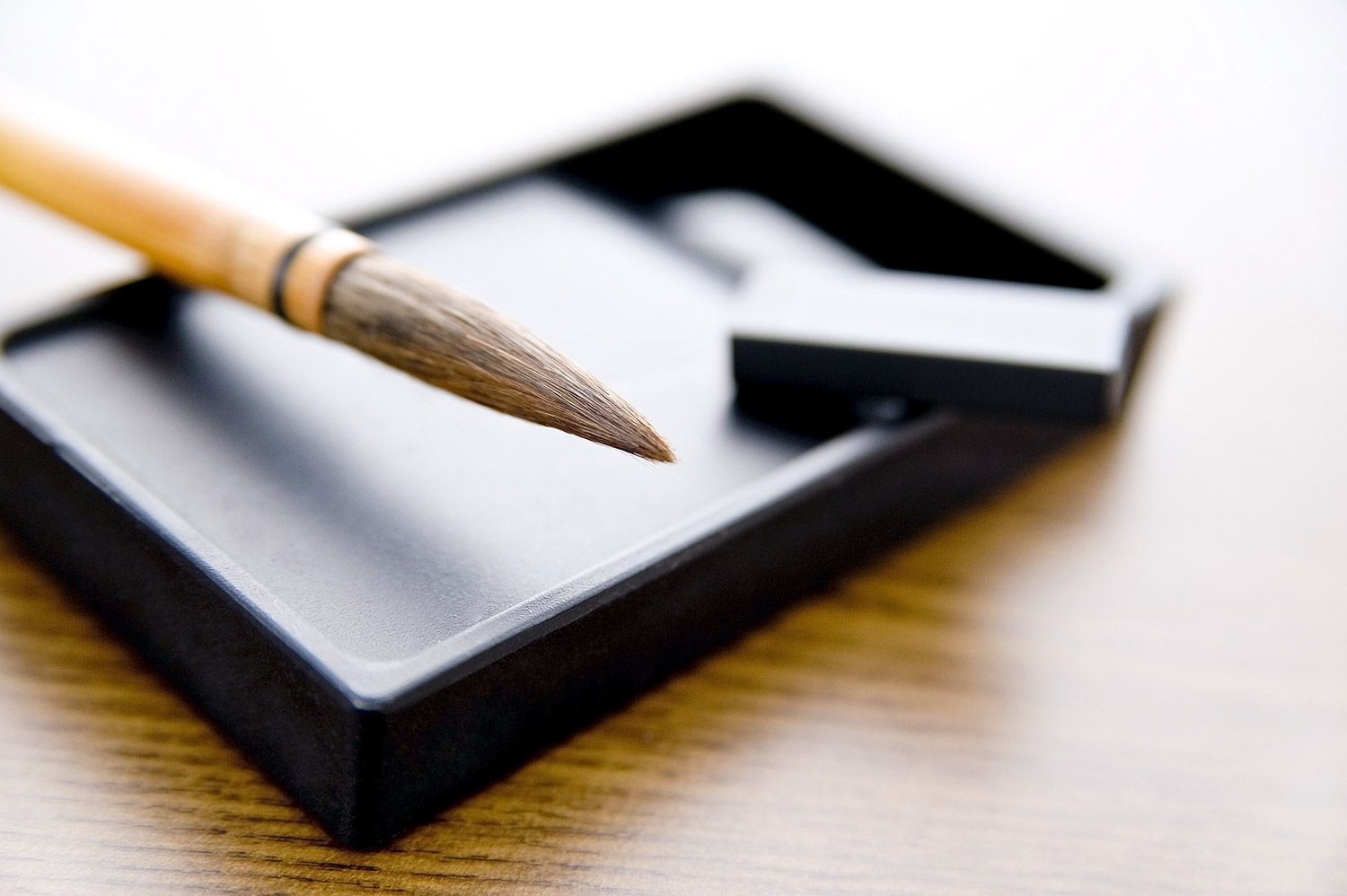
“Is there no book in the house? Do you have no talent in yourself? Are your eyes or ears not bright and sharp? Why are you trying to give up on your own?” From a letter Jeong Yak-yong wrote to his two sons
Jeong Yak-yong, a reformer and scholar who systematized 18th-century Silhak (practical learning) thought; he is also known by his art name Dasan. At the age of 22, he passed the state examination and seemed to be walking a smooth path. However, after King Jeongjo, who cherished him, passed away, he was exiled for a staggering 18 years. For a government official, such a long exile could only be a time of hardship and thorns. But Jeong Yak-yong accepted it instead as the will of heaven and used it as an opportunity to devote himself to scholarly study.
Stories of how he wrestled with books during exile are well known. He sat in one place for so long that sores developed on his hips, and his ankle bone, which touched the floor, wore through the skin three times—giving rise to the idiom “Ghwagol samcheon” (踝骨三穿), meaning “the ankle bone pierced three times.” Because of the pain, he built a shelf on the wall and wrote standing up only to suffer calluses on his right elbow from the effort.
Most of the 500 volumes he left behind, including Mokminsimseo (The Mind of Governing the People), Dasan’s Q&A, and Gyeongse Yupyo (Design for Good Government), were written during his exile. The tireless effort and faithful diligence he poured into that isolated place became the foundation for his transformation into one of the greatest Silhak scholars. The path he walked, which could have ended in resentment and lamentation, was instead sublimated into something beautiful, and it continues to shine brightly for generations to come.